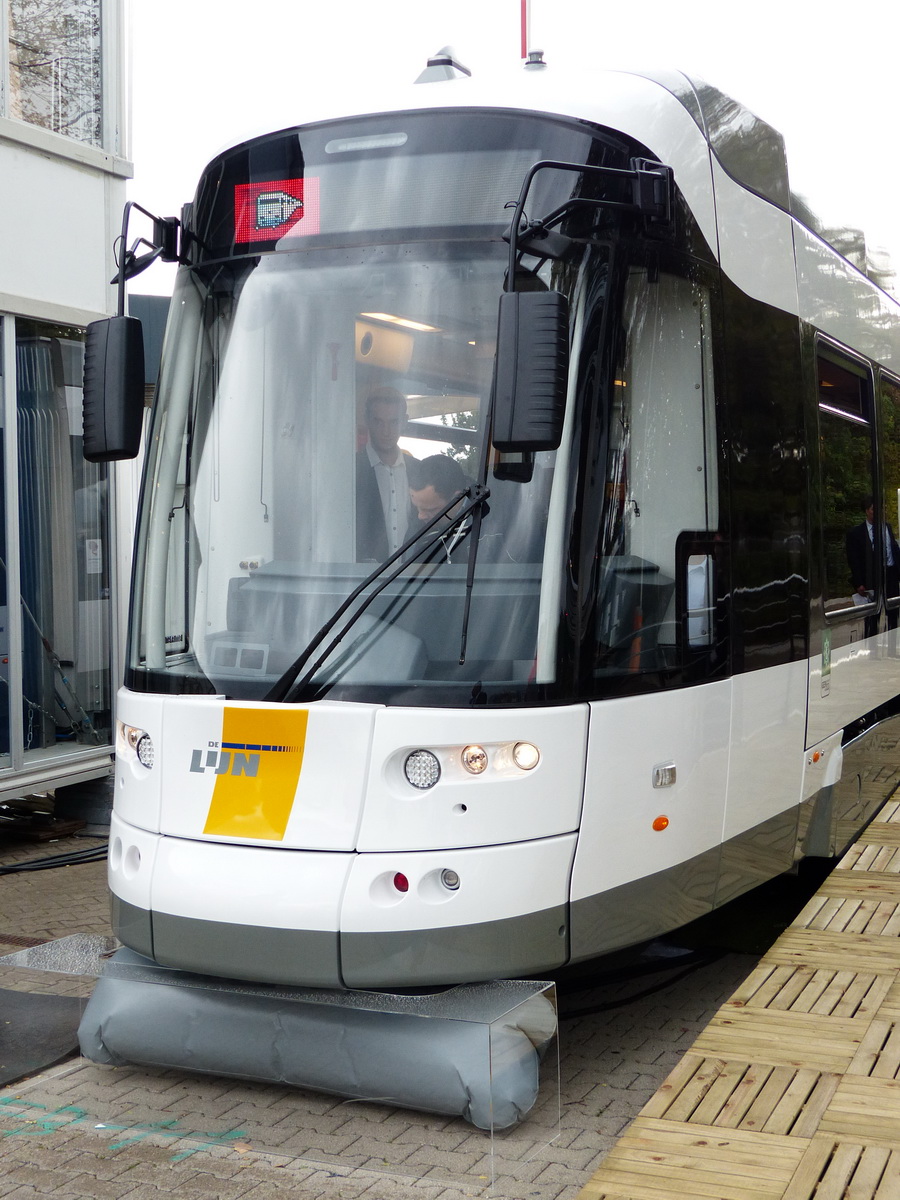Based on what? If hydraulically damped couplers were used (which are designed with shock (energy) absorption on all modern designs) you may have a point, although manufacturers state in their specs as to the force absorbed and the rate, modulation can even be progressive (as in suspension systems, so you don't 'bottom' the device so easily), but for towing, since the CLRVs and Outlooks aren't coupler equipped (the CLRV's had theirs removed decades back, a whole subject in itself) a rigid tow bar is used.
And that imparts the same stress vectors on the front of the Outlook if it is being used for 'pushing' a stalled CLRV as a forward collision. Below the crash bar on the *Toronto* Outlooks is the fairing and no sign anywhere that I can find of there being a coupler per-se. And it was a 'forward collision' even if it glanced off at a vector from the front of the Outlook. The side damage on the SUV clearly shows that. There is no sign of lateral tearing on the SUV, ostensibly it was 'thrown' sideways at impact, which is consistent with the front right wheel having broken or bent axle stub and suspension arms (possibly even broken knuckles).
What isn't clear from the pics, and it would be from examining for scuffing or deformation under the front Outlook frame structure, is if momentary jamming occurred in the gap behind the fairing covers in such a way as to lift, or more likely 'tilt' the first section of the LRV (bear in mind the next section is cantilevered, so the needed force to lift the front is vastly reduced) such that even minor lateral forces on the forward bogie are enough to push the wheel flanges off the tracks.
In the case of the CLRVs, the push/tow bar is attached to the anti-climb bar. It has no absorption what-so-ever.
If someone has detailed and referenced knowledge on this, feel absolutely free to link or reference it. Meantime:
https://torontolife.com/city/transportation/new-ttc-streetcar-arrival-toronto/
In the case of the Outlook, as I detailed in a post prior, complete with pics, reference, link and vid, the 'collision bar/anti-climb device' (you'll see the access cover knocked off it in the post-collision pics) *may* have acted to somewhat mitigate the full concussive force. If so, it still wasn't, and evidently isn't suffice to prevent derailing the front bogie in slow speed impact...let alone high speed.
Best people think about that! It's too late to engineer a rebalance of the cantilivered forces on the front and rear bogies (the middle one is neutralized by ostensibly equal loads either end), so the obvious thing to do is to *mitigate* the forces acting on that instability.
And that's to add a reactive/absorptive bumper front and rear to reduce untoward forces on the bogies. The lower the 'reach' of such a bumper, as detailed exquisitely in the number of reports and papers I've detailed and linked, the less the tendency for the LRV to 'ride-up' on impact as well as reduce the the characteristic 'glance off' from trajectory and the amount of damage to vehicles and passengers alike.
Addendum: Note the 'gap' fibreglass skirt appears to be on hinge-arms in this pic, deployed up to allow access to place pneumatic jacks under the frame. The design appears like it was intended to mount a reactive bumper, as other Outlook models appear to have. The TTC ones are very different from the other Outlook examples in terms of the unique front end geometry. That's ostensibly to allow inter-operation in emergency situations with the CLRVs. Once the CLRVs are fully retired, and that is the reason for 'odd' geometry of Toronto's Outlooks are moot, then all the more reason to adopt the front-end safety features of the other Outlook models
https://globalnews.ca/news/2885328/...er-new-streetcar-derails-in-downtown-toronto/





